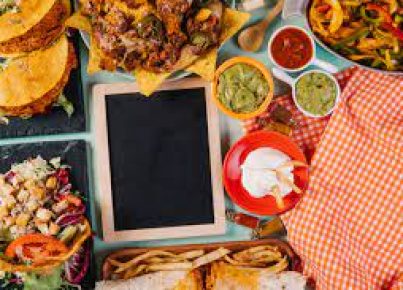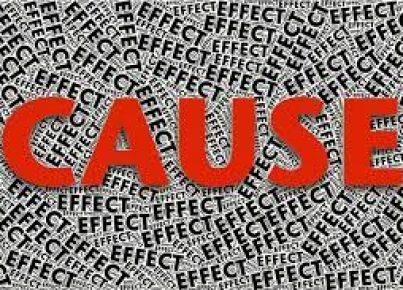1. Introduction to Unit Price – Begin by introducing the concept of unit price and its importance in real-world situations like budgeting, shopping, and comparing products.
2. Grocery Store Comparison – Give students product advertisements from different grocery stores and have them calculate the unit price for each item. Then, ask students to compare the unit prices between the stores.
3. Coupons and Discounts – Teach students how calculating unit prices can help them assess the value of discounts and coupons when shopping for various items.
4. Price per Serving – Have students compute unit prices of recipes based on the cost of ingredients and number of servings per dish, highlighting healthy meal planning on a budget.
5. DIY Store Visit Activity – Take your students to a local store (or have them do this at home) to find real examples of products with their associated costs and quantities. Then have them calculate unit prices for each item.
6. Bulk vs. Individual Items – Compare the cost and unit price of buying items in bulk versus purchasing individual units, helping students determine which option offers a better deal.
7. Fraction and Decimal Conversion – Reinforce conversion skills by having students calculate unit prices using both fractions and decimals.
8. Online Shopping Comparison – In today’s digital age, comparing online store prices has never been easier! For this activity, instruct students to research their favorite products on various e-commerce websites and calculate the unit price for each.
9. Unit Price Game Show – Create a fun, competitive environment by hosting a game show-style activity where students take turns calculating unit prices of various items under a time constraint.
10. Math Art Project – Get creative with mathematics as students design posters that visually represent examples of different numbers expressed as unit prices.
11. Recipe Remix – Task learners with modifying recipes to obtain a lower ingredient cost while maintaining serving size, utilizing their newfound skill in calculating unit price.
12. Classroom Store Simulation – Set up a mock classroom store, stocking it with necessities and fun items. Allocate students a budget, and as they “shop,” they must determine the unit price of their selected items to stay within their budget.
13. Energy Usage Analysis – Incorporate environmental education by analyzing energy consumption of appliances and calculating the unit cost per hour or day.
14. Snack Bar Economics – Plan a snack bar for the school or class, requiring students to choose the best deals on snack items by comparing their unit prices.
15. Unit Price Relay Race – To encourage teamwork, set up relay race-style stations where small groups of students work together to solve unit price problems in a fun and time-sensitive scenario.
Incorporating these engaging activities into your middle school curriculum will not only make learning about unit prices more enjoyable but also equip students with valuable life skills that can be applied beyond the classroom.





